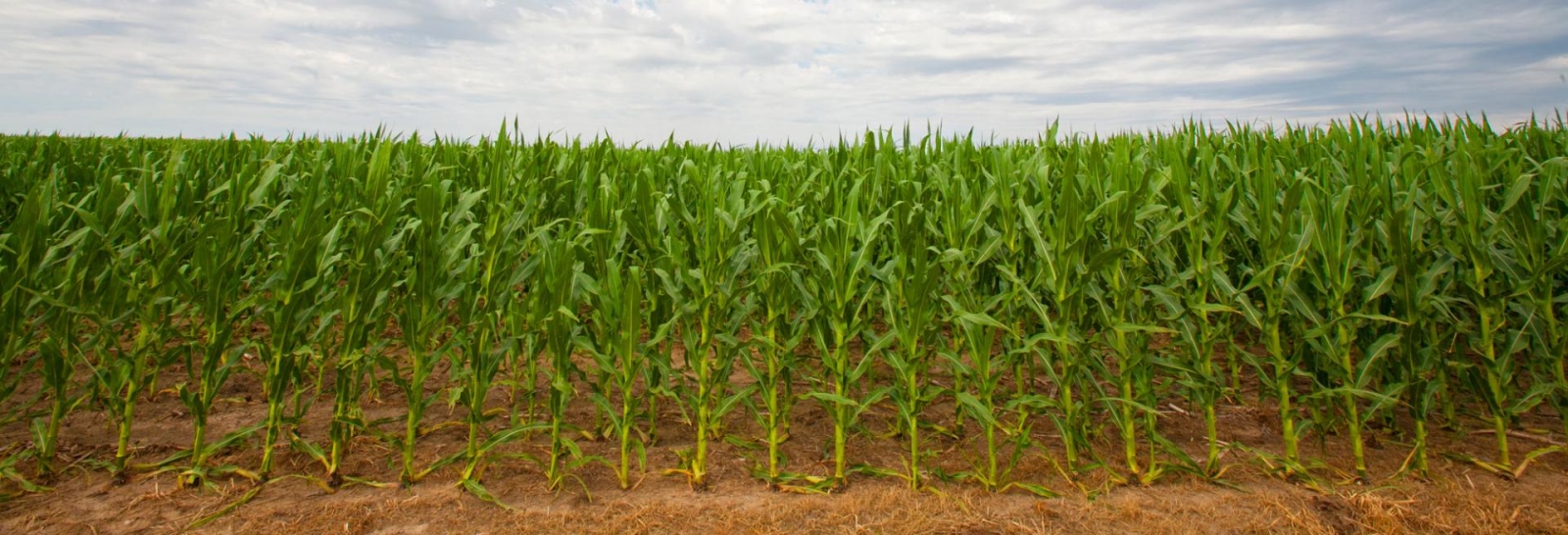April 20, 2007
The price of fuel is causing some irrigators to evaluate alternatives for supplying power to their irrigation pumps in 2007. One way to compare costs of pumping irrigation water for the coming season is to develop an equivalent cost of operation table.
|
||||||||||||||||||||||||||||||||||||
Table 1 provides equivalent fuel costs for typical energy sources compared to $2.25 - $3 per gallon of diesel fuel. To get the equivalent energy cost of diesel fuel for any energy source, multiply the current cost of the fuel by the multiplier in the far right column. Thus, if the price of propane is greater than $1.24 per gallon, the cost of operating a pumping plant powered by diesel fuel at $2.25 per gallon is less expensive ($1.24 x 1.814). If fossil fuel prices remain high, electricity will be the least expensive energy source for the coming season.
The energy cost of operating a pumping plant is dependent on three variables: the amount of work output the pump is producing, the efficiency of the power unit and the efficiency of the pump.
A pumping plant is doing work when it forces water from a well to the land surface and pressurizes the water for delivery through a distribution system. Engineers report the useful work performed by a pumping plant as water horsepower hours (Whp-h). The University of Nebraska has established the level of water-horsepower hours that can reasonably be expected from an irrigation pumping plant. The Nebraska Pump Plant Performance Criteria (NPPPC) is the rate of fuel use necessary to pump water through an irrigation system. Table 2 provides the Whp-h required to pump an acre-inch of water at different output pressures from different depths. If the Whp-h required to pump the water is greater than presented in Table 2, the pumping plant is inefficient.
|
||||||||||||||||||||||||||||||||||||||||||||||||||||||||||||||||||||||||||||||||||||||||||||||||||||||||||||||||||||||||||||||||||||||||||||||||||||||||||||||||||||||||||||||||||||||||||||||||||||||||
The three main causes for inefficient pumping plant performance are:
- pump designs that are poorly matched to the job they are currently doing (as when the operator has switched from a high pressure to a low-pressure sprinkler package);,
- pumps that have worn impellers and/or damaged internal seals, and
- improperly adjusted pumps.
It is difficult for producers to casually assess the relative efficiency of one pumping plant versus another because often there are differences in gallons of water pumped per minute, lift from the pumping water and system pressure. Most irrigators do not know, prior to a pumping plant test, whether a pumping plant is using too much energy. Even irrigators with pumping plants using 30% more energy than necessary often are unaware the energy consumption is excessive. A pumping plant test is the only way to verify system performance.
One way to evaluate the energy use by a pumping plant is to use long-term records to estimate pumping plant performance. The information required to estimate long-term performance includes: total volume pumped over time in acre-inches. Either record the volume pumped from the water meter totalizer or calculate the volume using a flow rate measurement multiplied by the hours of operation.
Then use fuel or electric bills to determine the energy consumed over the period corresponding to the water meter reading. Finally, determine the pumping lift or pumping water level (in feet) and the pressure at the pump discharge (in psi). For many installations, the well registration records can be used to estimate this value unless the water levels have dropped significantly since the well was installed.
Once we have the information from the field site for the previous season, we can calculate the Whp-h produced per acre-inch of water pumped and compare that value with the values in the table below. If the calculated Whp-h is greater than the value in the table, the pump is using too much energy to get the job done. The options for correctly the problem are to adjust the pump to produce more work per unit of fuel or redesign the pumping plant to more correctly match the current field conditions. An example of how these calculations can be made is presented below.
Bill Kranz, Irrigation Specialist, Haskell Ag Lab, Concord
Derrel Martin, Irrigation and Water Resources Engineer, Lincoln
C. Dean Yonts, Extension Irrigation Engineer, Panhandle REC, Scottsbluff
Suat Irmak, Water Resources Engineer, Lincoln
Simon van Donk, Irrigation/Water Resources Specialist, West Central REC
Tom Dorn, Extension Educator, Lancaster County
|
||||
